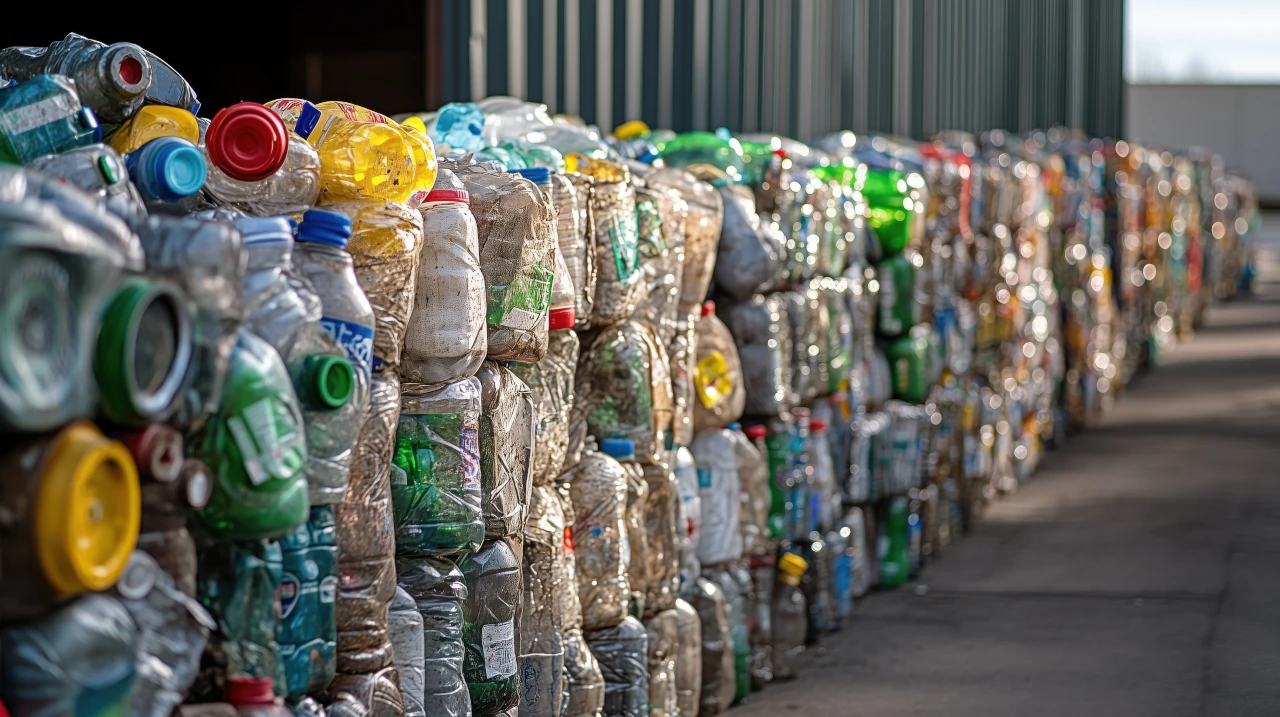 AI-powered robotic waste sorting boosts efficiency, helps the environment, and removes physical harm and safety risks.
AI-powered robotic waste sorting boosts efficiency, helps the environment, and removes physical harm and safety risks.
The Human Factor
Sorting waste by hand has been the only option in recycling for decades but it’s an inefficient approach. It’s physically intensive and mentally demanding work that has inherent health and safety risks. Humans aren’t perfectly suited to the task: they often sort waste slowly and make mistakes, which can lead to contamination that undermines the whole point of separating materials.
Farz MRF’s Modern Approach
The Farz MRF (Material Recovery Facility) has been at the forefront of recycling in the UAE since its inception. It uses automated systems to separate waste streams into different material categories which boosts separation speed and reduces the need for human involvement. These automated methods can include using magnets to attract metals, shakers to separate certain materials, or grippers to assess the firmness of a material.
You can learn more about the fascinating Farz MRF process here.
As we know though, technology moves extremely quickly and there are now even more advanced ways to help identify, separate, and collect recyclable material from waste streams.
Enter AI
The new generation of automated sorters combines sophisticated hardware with AI machine learning. The hardware includes robotic arms that have more control over handling items and house extra sensors to help assess the material. They also include cameras that can visually assess an item rather than just track reflectiveness or the general size and shape.
Machine learning is all about developing algorithms to better identify materials based on the available data. The most advanced systems will even develop their own formulas and factors to make this identification, creating recognition patterns that humans wouldn’t have necessarily programmed in.
Reaping The Benefits
 Better use of AI and robotics means faster sorting with improved accuracy. Not only does that make the process more efficient, but the outcome is better. Higher purity levels – in other words, less contamination from incorrectly sorted materials – mean better prices for the individual batches of specific recyclables.
Better use of AI and robotics means faster sorting with improved accuracy. Not only does that make the process more efficient, but the outcome is better. Higher purity levels – in other words, less contamination from incorrectly sorted materials – mean better prices for the individual batches of specific recyclables.
The Next Steps
as one of the premier recycling companies in the UAE, Farz is exploring several advancements in the AI and robotics field. These include more accurate sorting in known problem areas such as black plastics, or the notoriously tricky area of distinguishing between food-grade and non-food-grade plastics.
Farz is also looking into the benefits of a hybrid approach that combines human operators and robots (dubbed “cobots” to reflect the collaboration.) The ideal outcome would be to get all the benefits of human precision without the physical toll.
The Bigger Picture
These technologies fall firmly into the Imdaad Group and Farz’s philosophy of using technology to boost sustainability, in this case by improving recycling and working towards a circular economy. It also aligns with the well-established sustainability goals of both the UAE and the global community.
Conclusion
Waste management might not seem the most obvious area for 21st-century robotics and artificial intelligence, but it’s a great example of practical benefits. Increasingly smarter (and self-learning) systems can cut costs, reduce waste, and make recycling more productive. Farz hopes to harness these technologies to improve its operations and make for a more sustainable society.
Back to list
